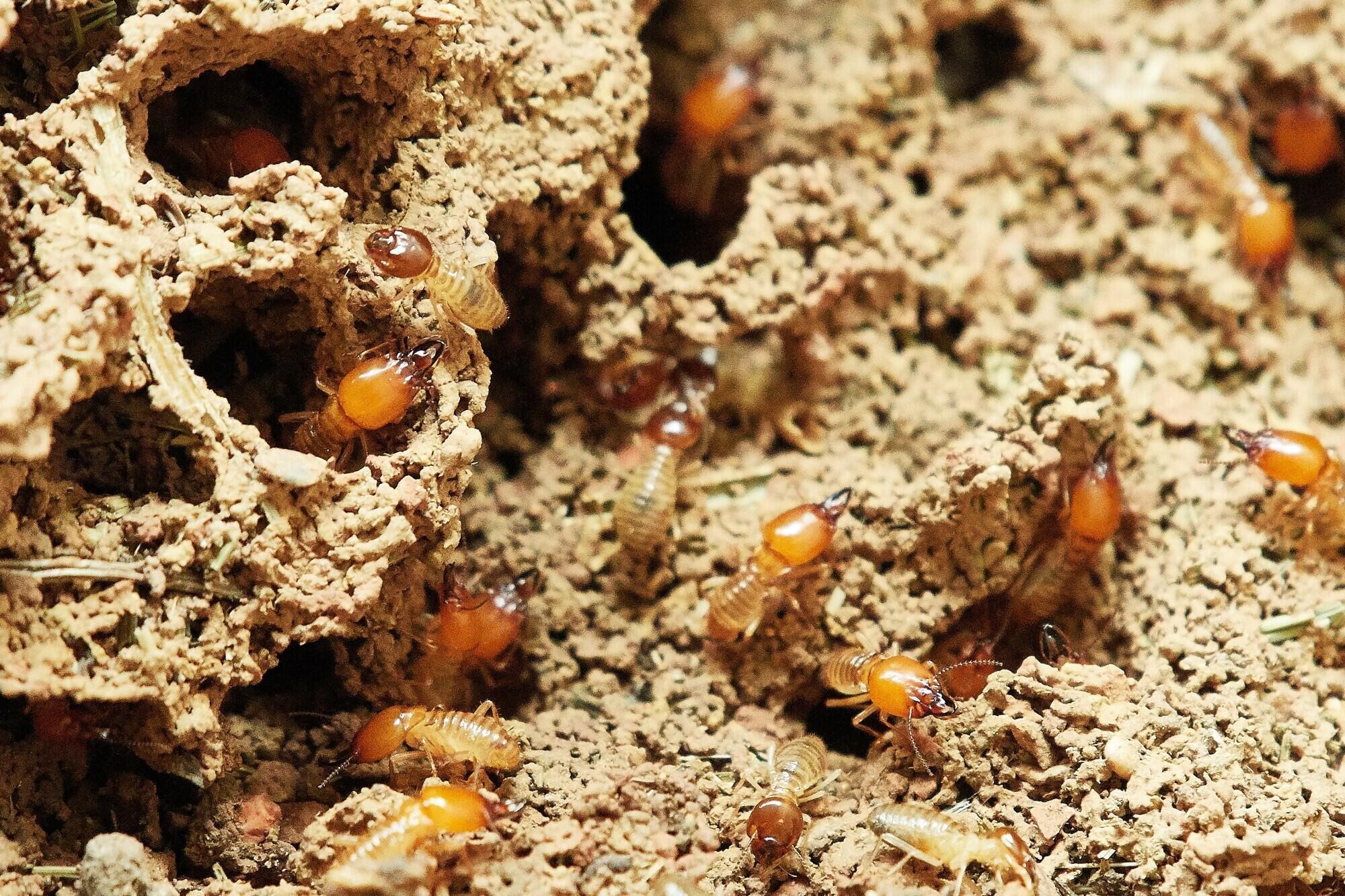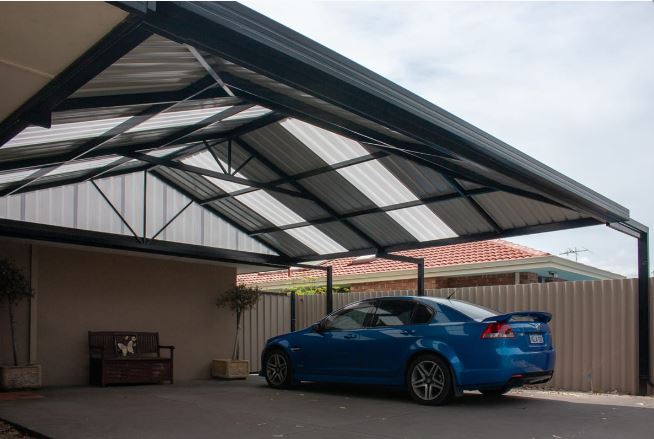From Sprays to Traps: Exploring Different Types of Termite Control Products
Termites are those pesky invaders known for degrading the integrity of homes and buildings. It costs property owners billions in damage and control measures. But, the fight against these destructive pests has been revolutionized. This is due to advancements in termite control technology.
Here, we explore different types of termite control products. This will highlight how each can be a critical component in safeguarding your investment. Let’s dive in!
Liquid Termiticides
Liquid termiticides are soil-applied barriers designed to kill termites upon contact or ingestion. They are used to create a treated zone around and beneath a structure. This prevents termites from accessing it. Modern formulations are less toxic to non-target species. It can protect homes for up to five years or more.
This makes them a favorite among professionals. These pest control products are injected into the soil around the perimeter of a structure. It creates a barrier that termites cannot cross. They are also used to treat current infestations by drilling holes in wood or concrete and injecting the liquid into termite galleries.
Bait Systems
Termite bait systems use a cellulose-based food product contaminated with a slow-acting termiticide. This is installed underground around the perimeter of buildings. These baits attract foraging termites. This then carries the poison back to their colony.
This method is effective for eliminating entire colonies over time. These are natural termite remedies due to their targeted application.
Wood Treatments
Wood treatments involve applying chemicals to the wood to prevent termite infestation. These can include:
- surface sprays
- injected sprays
- foams
All these are ideal for treating lumber during construction or existing structures during remodeling. Borate-based treatments are among the most popular. This offers protection that penetrates deep into the wood and lasts for years.
Make sure to check out Enviro GPC for a crafted borate-based treatment option for your property.
Foam Agents
Termiticide foams are used to treat:
- voids in walls
- around plumbing pipes
- inside termite galleries in damaged wood
They expand to fill these cavities, eliminating termites on contact and leaving a residue that continues to kill for weeks or months. Foam agents are particularly useful in targeting inaccessible areas where termites live and breed.
Termite Monitors and Baits
Termite monitoring stations are installed in the soil to detect termite activity early on. These devices do not contain termiticides. Instead, they house wood or paper attractants. When termite activity is observed, the monitors can be replaced with bait stations that contain poison.
This allows for targeted control with minimal environmental impact.
Natural and Biological Controls
Innovative approaches to termite control include the use of beneficial nematodes and fungi. These natural enemies are introduced into termite-infested areas to infect and kill termites.
While still in the experimental and development stages, these biological control methods hold promise for providing a non-toxic, sustainable solution to termite management.
Explore Different Types of Termite Control Products Today
The battle against termites has become more efficient and friendly. Thanks to these varied termite control products. This ranges from traditional liquid barriers to cutting-edge biological controls. The options available to homeowners and professionals alike are diverse.
By understanding the distinct advantages of each type of termite control product, property owners can make informed decisions. This helps to protect their homes and structures from the destructive force of termites. So, what are you waiting for? Find the best solution for your needs today!
Did you find this article helpful? Check out the rest of our blogs!





